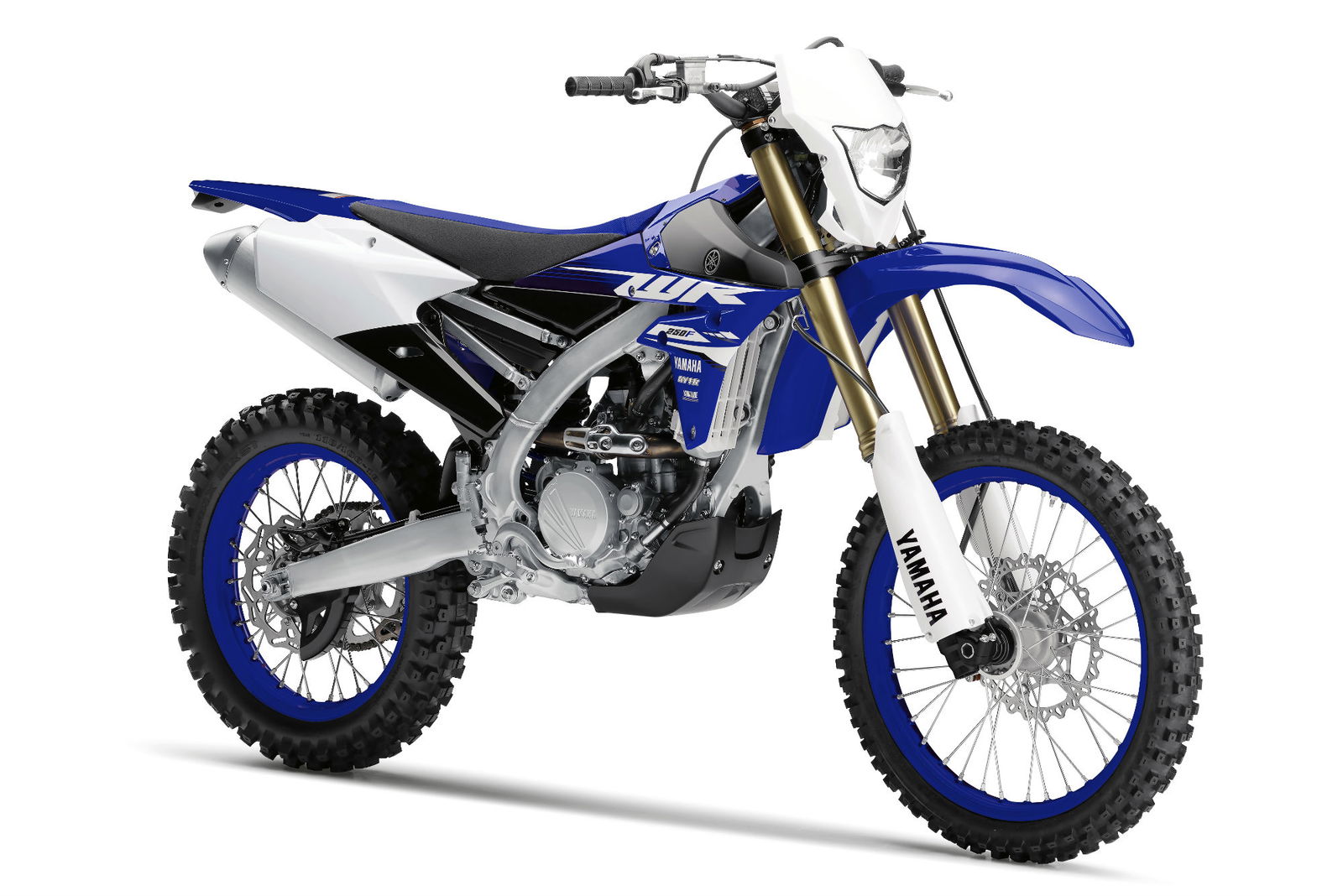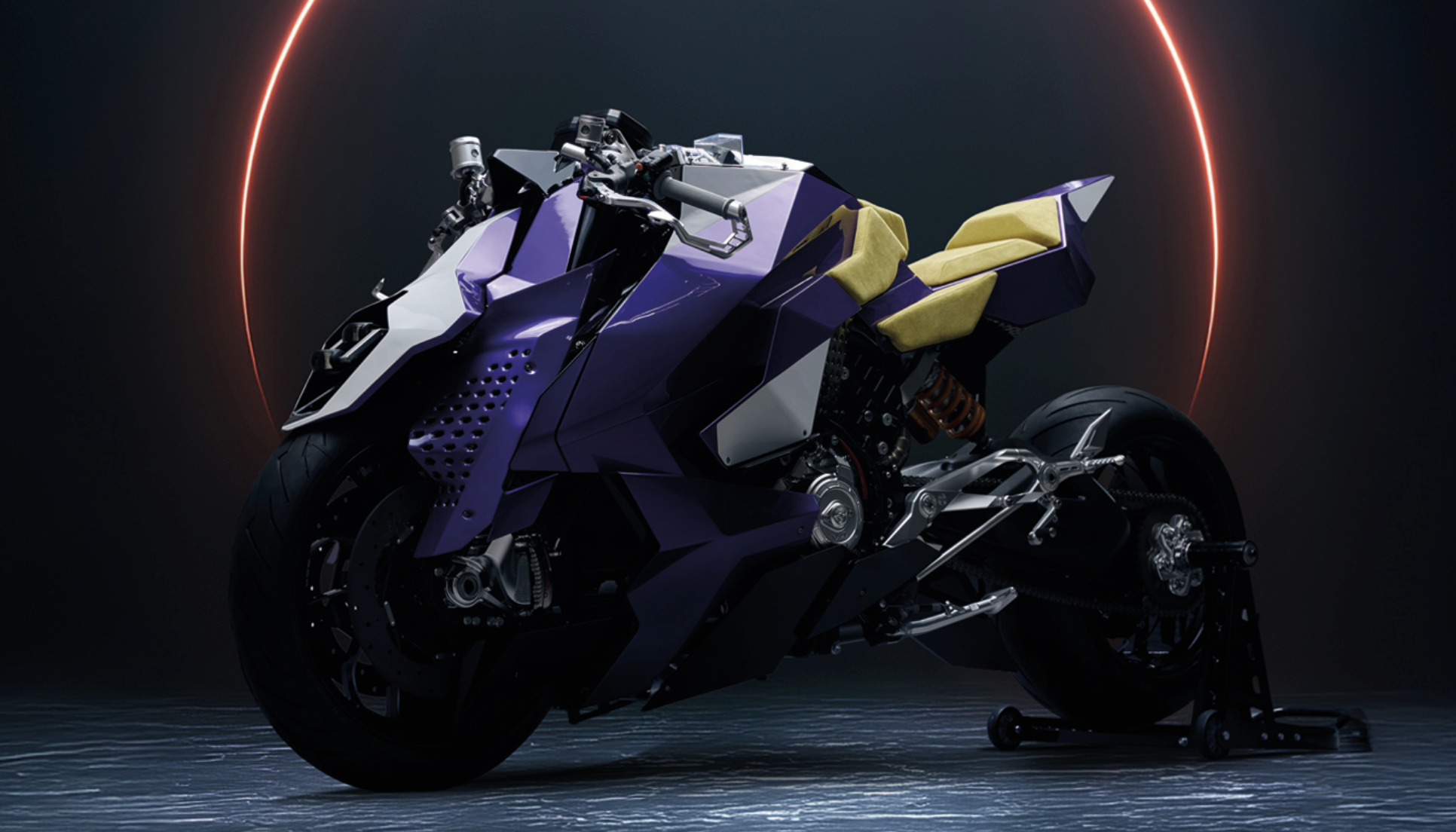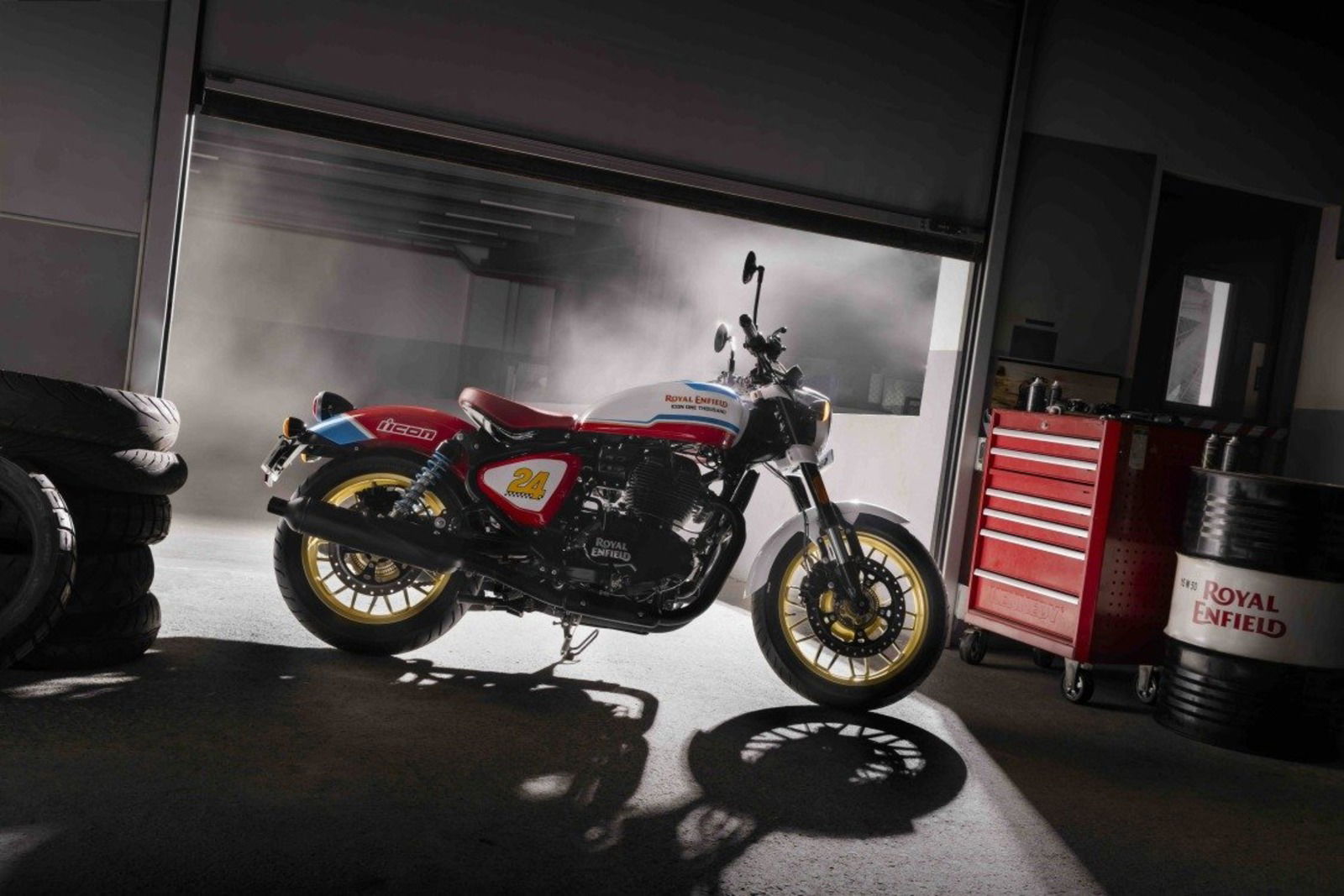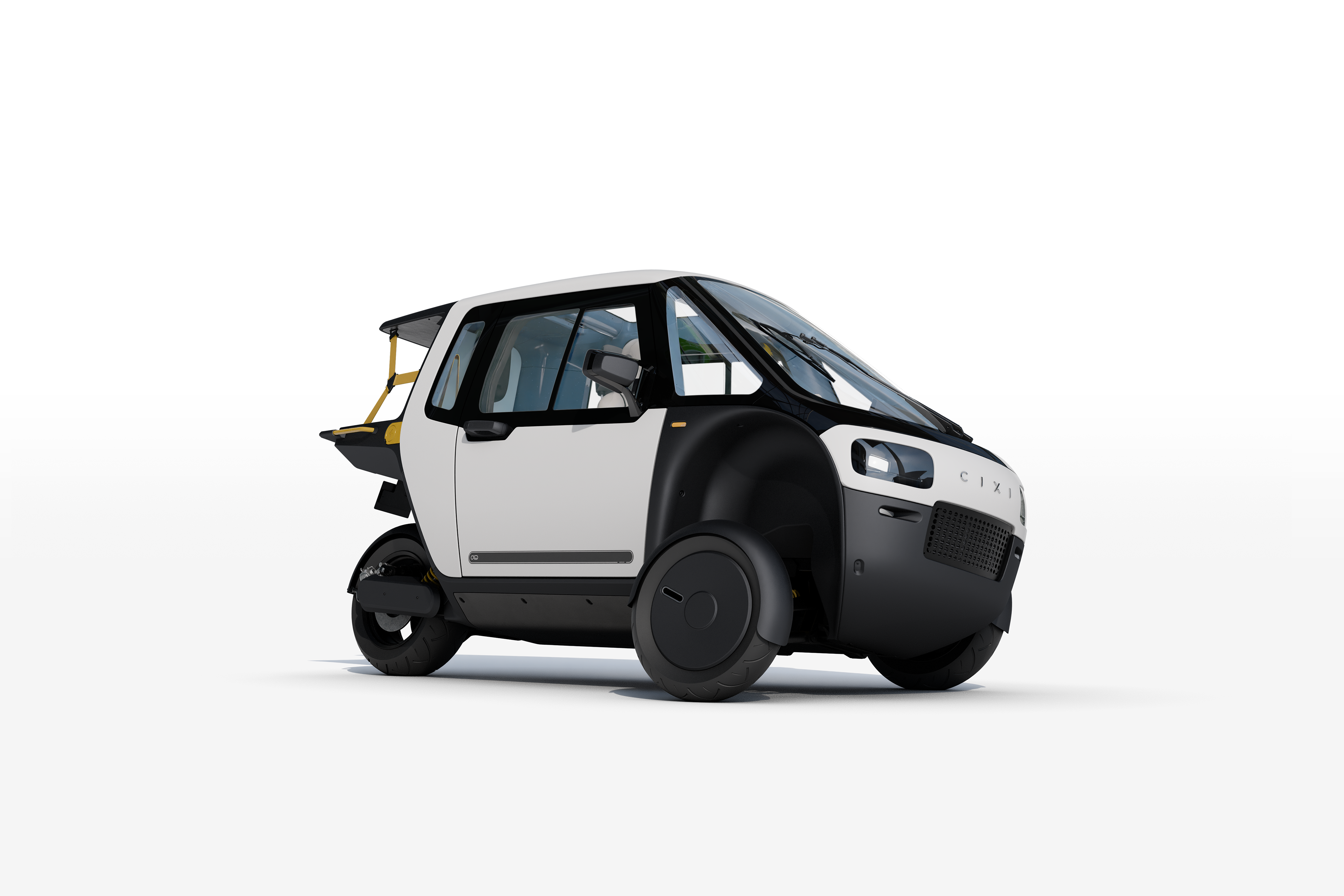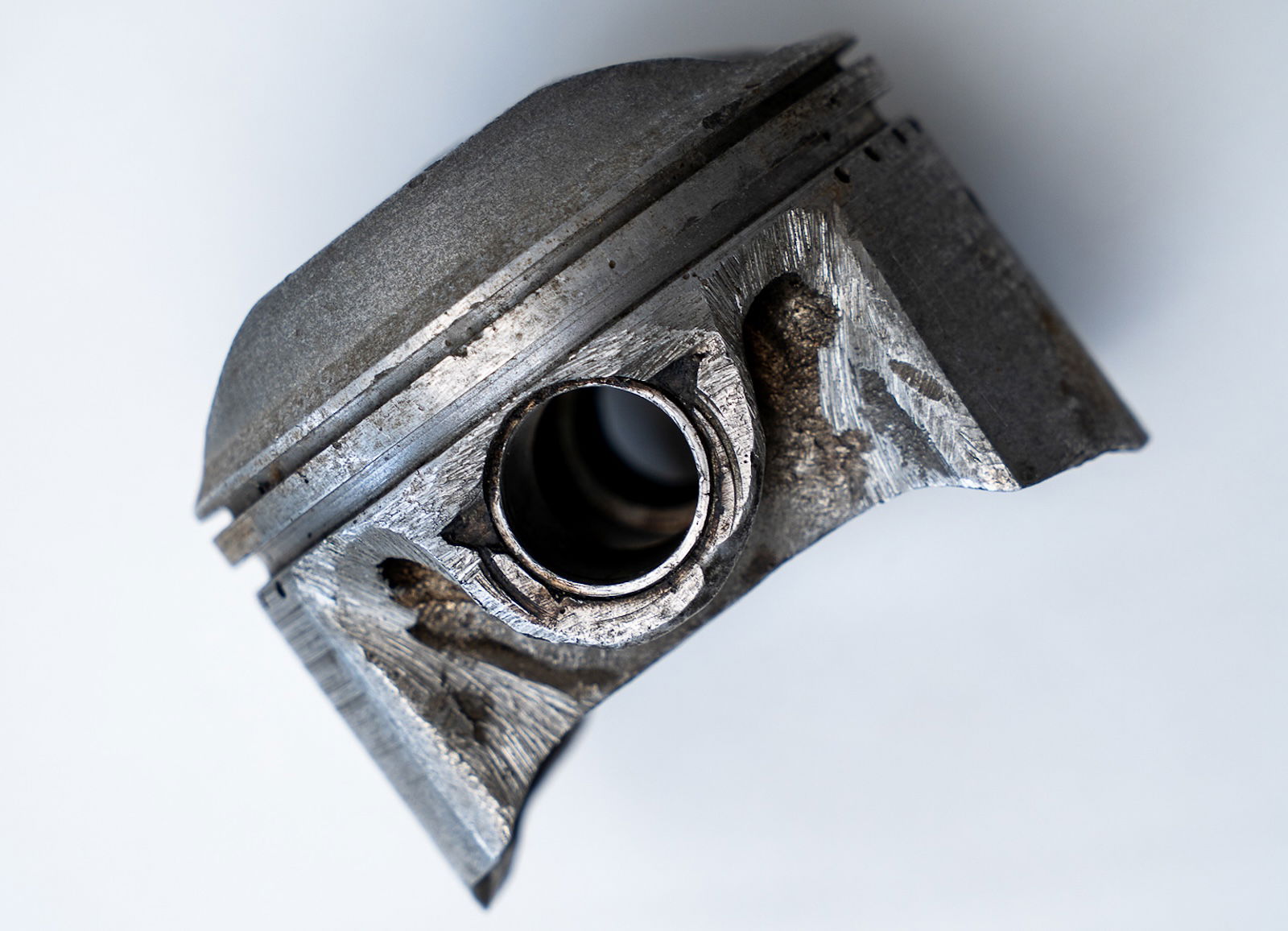Taming the beasts part one: Kawasaki KX250F
In the first of a series of dirt-bike tests, David Miller reviews Kawasaki’s 250 motocrosser
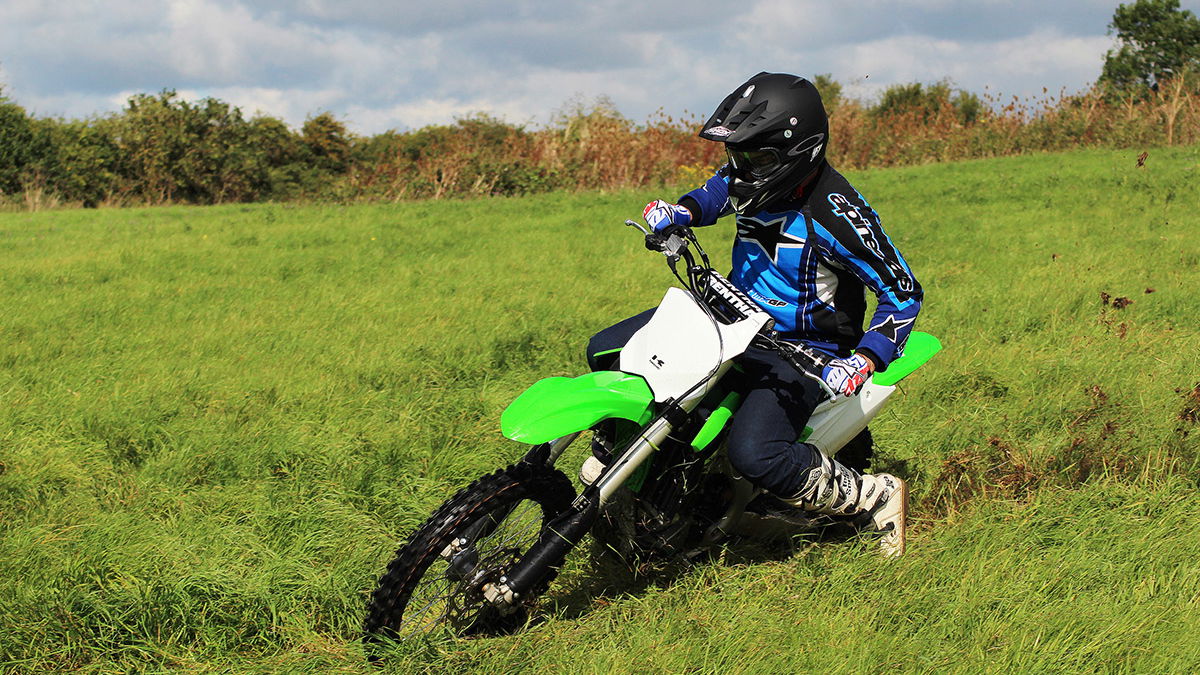
NOT so long ago, full-blown motocrossers were the preserve of the young and/or mentally unstable. Comparatively small-bore two-strokes, rice-paper weight with the power delivery of a Magimix made for interesting injuries for the barely initiated but major smiles if you survived your first week.
In the past, hard as nails road testers have been turned to jelly at the prospect of tangling with even a 125cc dirtbike let lone a something as legendarily evil as a KX500, which was clearly designed to maim you at every opportunity. Even MX icons like four-time world champion Dave Thorpe got bitten by the things.
With the advent of global warming, two-stroke competition bikes both on-track and off-road were slowly herded into a skip and the blender-like power delivery of the ring-ding maniacs are a now a distant memory as only KTM and Husqvarna now make two-stroke crossers, with the Japanese big four changing to lumpy, four-stroke power some years back on the pretext of assisting polar bears.
Four-stroke dirtbikes are more predictable, have smoother power delivery over a longer rev range but are still something of a handful, so what chance does Billy Normal have of a) staying injury-free and b) actually having some fun on one? A pretty good one, as it turns out. First, a confession. This is not my first rodeo. I had an ex-British Championship KTM 125 (complete with WP upside-downies) when I was 13 – but was never allowed to race. I also had a two-stroke KX250 in my mid-20s (too scared to race, preferred Guinness and Marlboro) and that thing was a bastard.
Kawasaki’s KX250F is tamer than that thing. A fuel-injected four-stroke single, it’s not a pussycat by comparison but it’s way easier to ride for a newb or someone coming back to the dirt. Still a little awe-inspiring, though. Having only had one interface with a four-stroke KX (two summers ago, a specced-450, belonging to J. Rea Esq. on an Isle of Man sand track – which lasted minutes and hurt), taking delivery of the KX250F was met with anticipation and trepidation in equal measure.
Being newly 43 and with a couple of kilos extra Dairy Milk around the middle, taking the KX to an MX track was deleted from the options list early doors, mostly because I had no desire to hurt myself or to have my pants pulled down by some five-year-old herbert on a PW50, and I couldn’t get it there anyway. So being resourceful, a deal with a local landowner was struck, and never shall those New Year 2007 pictures again see the light of day.
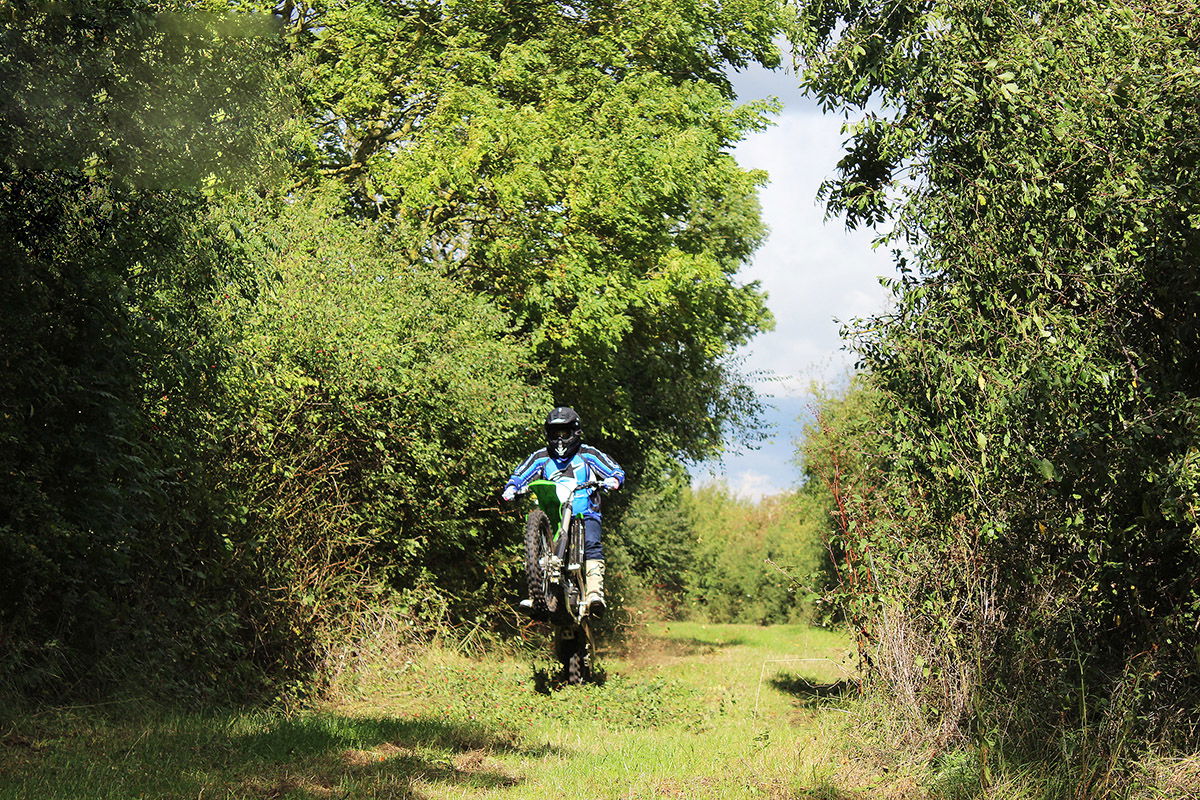
With the surprisingly easy starting procedure of kick it and it fires up, the light clutch is fed out, a minimum of revs are required to roll and the first foray begins. It pulls from nothing, and the power is easy; linear and controllable. No horrible surprises anywhere, it just builds with the straightline speed. A revelation from someone used to having all the power delivered in a nanosecond with nary a jot given for the poor sap sitting behind the bars.
A couple of runs are more than enough to work out that this thing is almost civilized in the way it goes about its business. The gearbox is fluid and there's not really any need for the clutch on upshifts. But being a mechanically sympathetic type, it was used going down the box. There is also launch control on the left handlebar, but an overdeveloped sense of self-preservation meant that was ignored.
Amazingly, this is neither scary, nor dangerous. It’s actually fun. A small amount of complacency mixed with misplaced bravery set in about 30 minutes into the debut – and going around in circles was a bit dull, so I set up a little track around some abandoned hay bales – which smelled a little odd. As the KX weighs just over 100kgs (which is two-and-a-half ceramic toilets or a brace of octopi), a relatively small front disc is only required to halt the thing in a short space, even on wet grass.
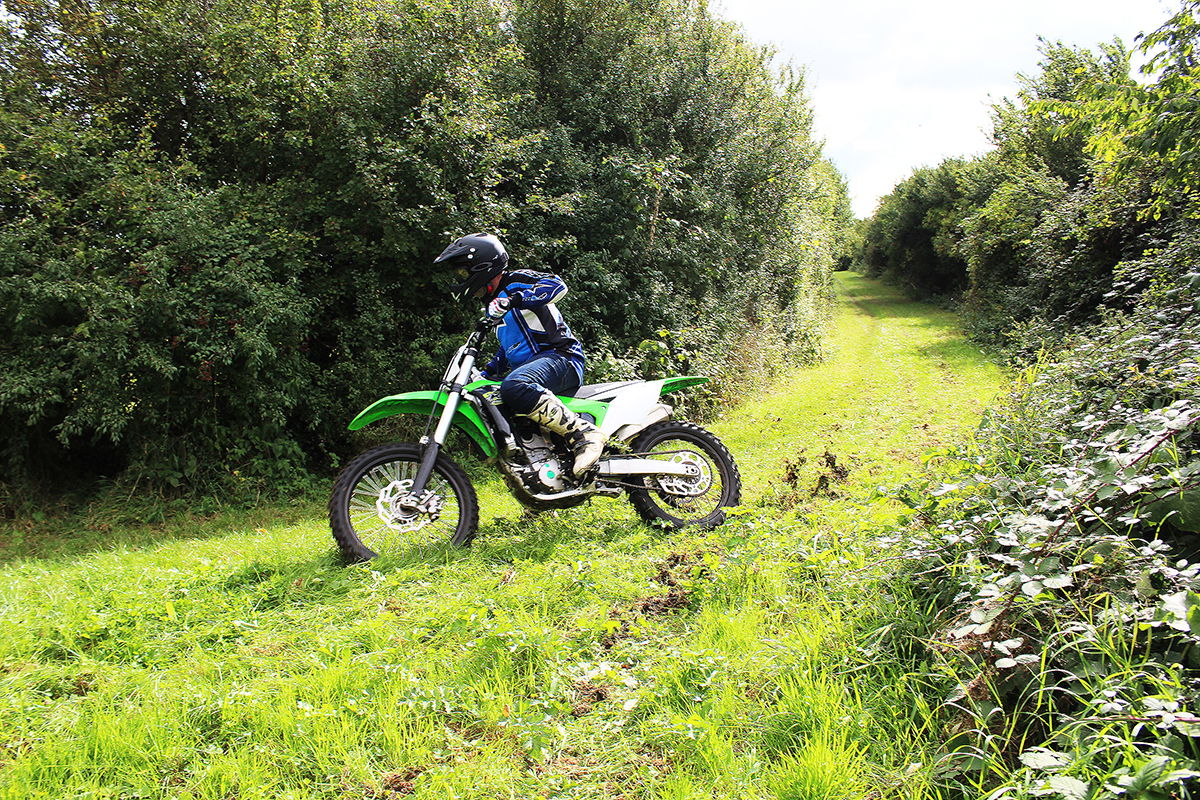
How you turn one goes against everything you know on the road. Brake until the corner is almost done and then no delay from brake off to power on. The rear will spin, but it spins progressively without fuss and the throttle is sensitive enough to be able to roll – should you want to – when the rear grips and the front lifts. Get it right and there is no need for a rapidly-shut throttle, a stamp on the rear brake and a little whimper.
Confidence with these bikes is everything. Once you have realised that it isn’t trying to kill you, you can relax, let it get on with whatever it is doing underneath you and the moments you had yesterday which felt like they were going to hurt become the norm. Motocrossers are supposed to move around a lot, roadbikes aren’t, and this is why it feels alien and alive for the first few goes.
Small jumps are to be approached with caution. Along the farmers’ access lane, there were ruts and three bumps that could be described as a ‘triple’ if you were really tiny. After some runs, some changes in gear selection and a little added confidence, the ‘triple’ is jumpable with only a small raise in the fear index. And after a handful of cracks, it’s again natural. Constant throttle with a little blip to bring up the front so it doesn’t smash into the up bit of the third bump and you’re clear. This is actual, massive fun and in-helmet giggling is rife.
By now you have realised that you’re not ever going to be any good at this. It doesn’t matter as with all things, if it’s fun and gets you out of the house for a couple of hours, that’s all it needs to do. But it does put into perspective the talents of the top-level MXGP and Supercross riders, and the guys like Travis Pastrana who are able to carry out physics-buggering things on these bikes and make it look easy.
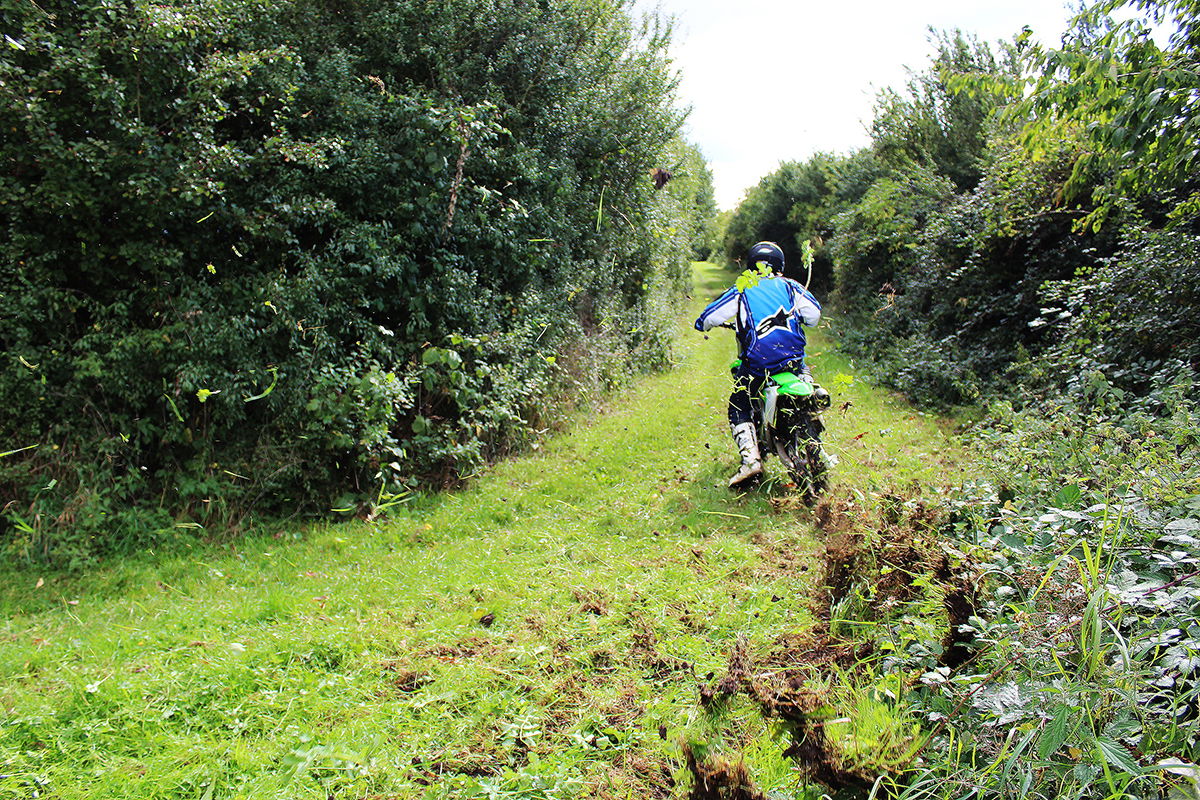
Next time: Honda’s CRF450RX enduro
Thanks to:
Kawasaki UK and the man mountain that is Ross Burridge. Click here for more information on the KX250F.

